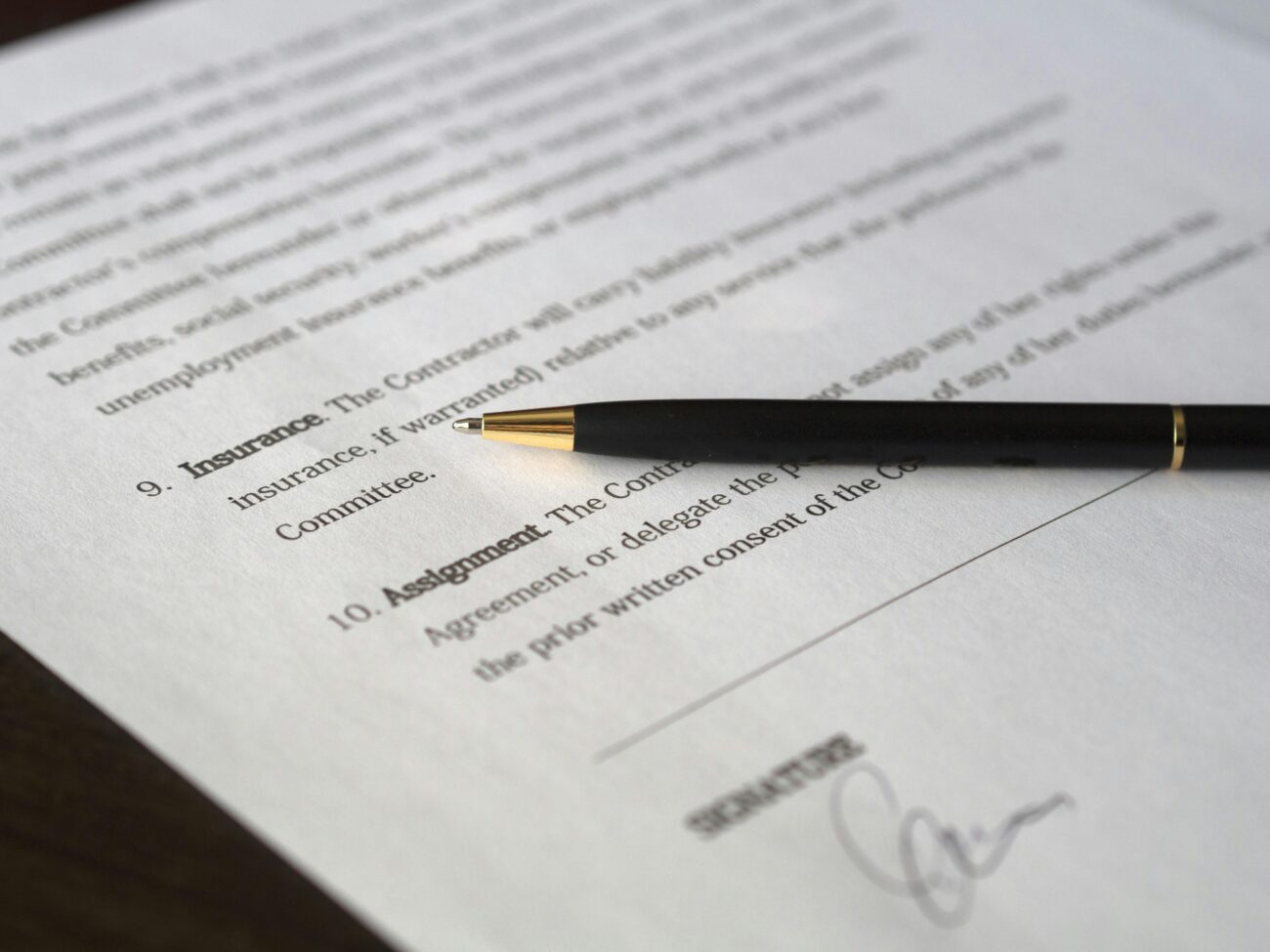Living in a flood-prone area, especially in Zone A, means being proactive about flood insurance. If you’re wondering what Zone A flood insurance covers, how to obtain it, and why it’s important, this guide is for you. Let’s break down everything you need to know to protect your home and finances from the unexpected.
What is Zone A?
Zone A refers to areas designated by FEMA (Federal Emergency Management Agency) where the risk of flooding is significant. These zones typically include:
- Special Flood Hazard Areas (SFHA): Where flood risks are at their highest.
- Flood Zones A1-A30: Areas with varying flood risks but generally high susceptibility.
Types of Flood Insurance Available
1. National Flood Insurance Program (NFIP)
The NFIP provides flood insurance to homeowners, renters, and businesses. It’s designed to mitigate losses and has some key features:
- Covers both building and personal property.
- Premiums are often lower for those who take flood mitigation actions.
2. Private Flood Insurance
Private flood insurance options are increasingly available and might provide more flexible coverage. Consider these benefits:
- Wide range of coverage options.
- Potentially higher payout limits compared to NFIP.
Why is Flood Insurance Essential in Zone A?
Flood insurance is not just an option; it’s a necessity for those in Zone A due to:
- The risk of severe financial loss due to flooding.
- Damage that is often not covered by standard homeowners policies.
- Potential federal requirements for homeowners in high-risk zones receiving mortgages.
How to Obtain Zone A Flood Insurance
Getting flood insurance can be straightforward. Follow these steps:
- Assess Your Risk: Check FEMA maps or consult local officials to confirm your flood zone.
- Choose a Policy: Decide between NFIP or a private insurer based on your needs.
- Gather Necessary Information: You’ll need details like your property’s elevation and foundation type.
- Consult with an Agent: An insurance agent can help you find the best coverage for your situation.
Important Considerations
When opting for flood insurance, keep these points in mind:
- Waiting Period: Policies typically have a 30-day waiting period before coverage begins.
- Policy Limits: Be clear about what’s covered and the maximum payout available.
- Review Annually: Regularly assess your coverage to ensure it meets your current needs.
Conclusion
Understanding Zone A flood insurance is crucial for anyone in flood-prone areas. By knowing what’s available and how to navigate the insurance landscape, you can protect your home and financial future. Don’t wait for the next flood warning—take action now to secure coverage that meets your needs! If you’re interested in starting your insurance journey, visit FEMA’s website for more information.
